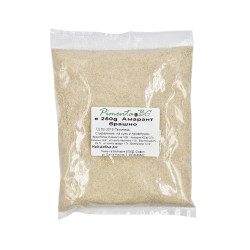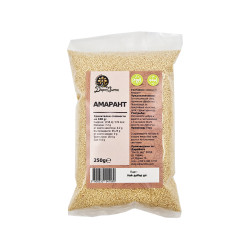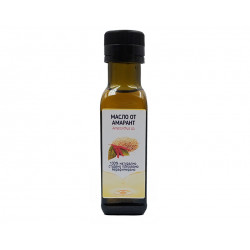Amaranth (Amaranthus blitum) is a plant of the genus Amaranthus. As a cereal (pseudograin) crop, amaranth originated in America.
However, there are many species and varieties of amaranth around the world that are used for culinary purposes - as a grain (pseudograin) or as a leafy vegetable. As a leafy vegetable, amaranth is especially popular in Greece, where it is grown in gardens and is on the vegetable market.
Its name comes from ancient Greece and means "unquenchable", "unfading". In Greek mythology, amaranth helps against love torments and mental anguish, against physical pain and any other human failures.
It never fades because it is magical. In the myths, the flower is dark red with large beautiful flowers. It opens a lot, and only in the moonlight. The flower is revealed only to a person with a pure soul and heart and good intentions.
Amaranth seeds have a high nutritional value.
In terms of protein content - 12-15%, they are superior to cereals, and are balanced in terms of essential amino acids. Proteins do not contain gluten, which makes it suitable for the diet of people with gluten intolerance. Amaranth flour is the basis of many gluten-free flours.
Fats are 6-10% high in unsaturated fatty acids. Unlike cereals, amaranth seeds also contain pectin, which increases its health value.
Amaranth seeds in Bulgaria are still not as popular as food, but in Asian cuisine they are used to prepare various culinary products - additives in soups, vegetable fillings, meat garnishes and more. Amaranth flour is used to make pasta - biscuits, cakes, pancakes, small cakes and more.






